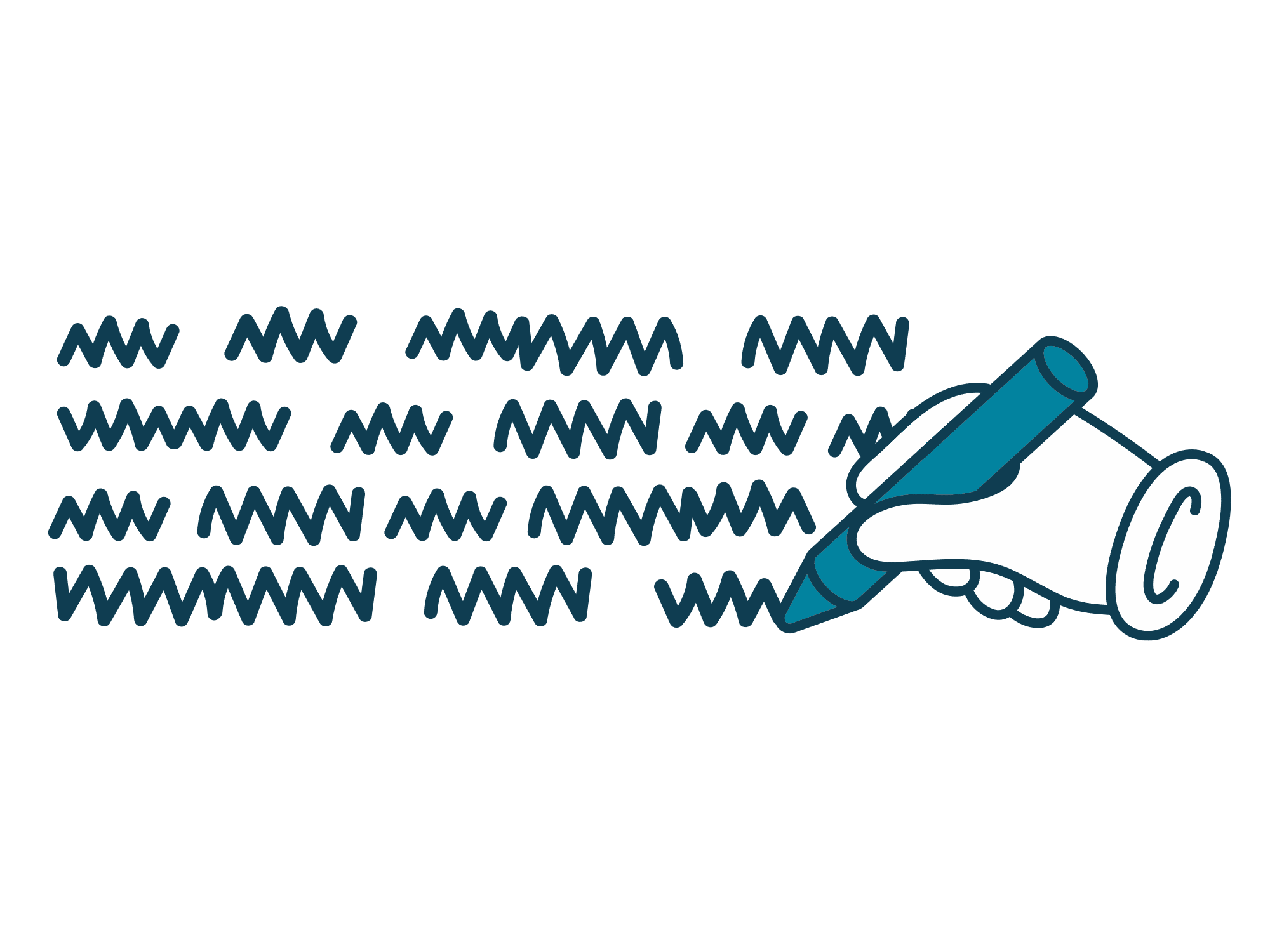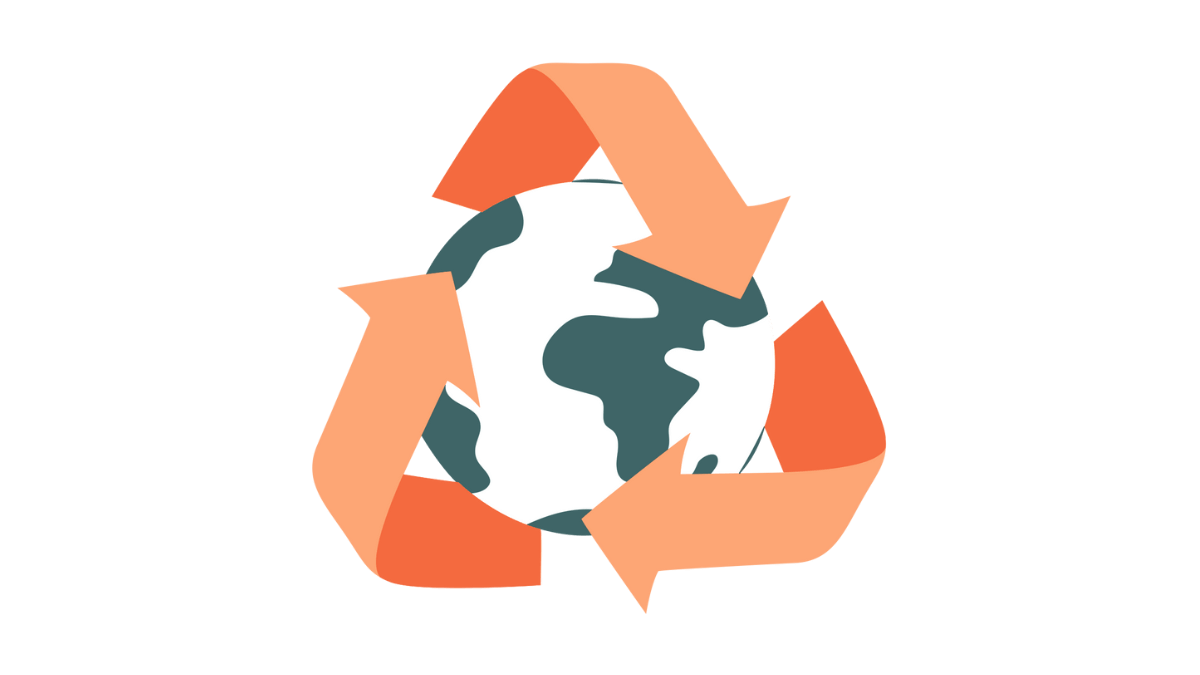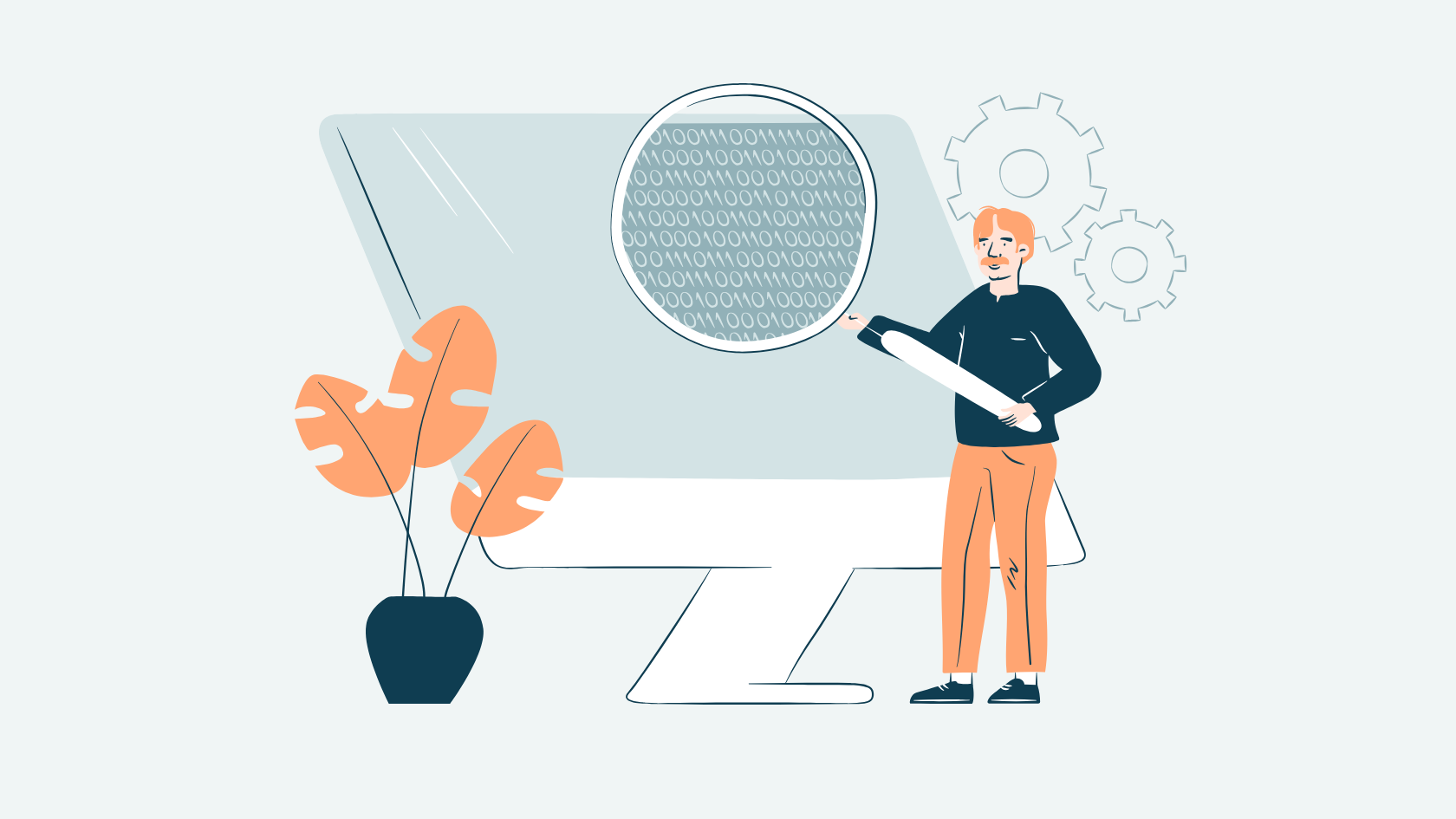Imagine you are in a rush. You need to file your tax return by tomorrow and now is the only time you have to navigate the situation. You go on the tax administration’s website and look for the place where you can deal with the matter. You sign in, but then you are stumped. The words the tax administration use are nothing like you’ve seen before. How does it feel? Do you think you can finish your task by tomorrow?
What about this: Imagine you are a first-time parent, and your 6-month-old has a fever. You want to know if you should go to urgent care or book an appointment with a nurse for the next day. It is 8 o’clock in the evening. On the local health centre’s website, you only find phone numbers and chat options that are already closed for the day. There are links to five different online services, but you are worried and don’t want to try them all. What do you do?
Both situations could have been made a lot easier by using content design during the website or service development process. Content can make or break the user experience. If the content is not well thought out, user-centric and easy to understand, all other design work for the service goes down the drain with it.
Content designers make sure that content is genuinely user-centric
Content Design in a nutshell is user-centric content planning and creation based on user needs during the development of a new service. Content Designers do not assume they know what the users want and need but actually find out. They have the courage to get rid of walls of text and unnecessary steps in a process. Their job is to help the user get things done in a timely manner, as easily as possible.
Content design is the missing piece in the puzzle of digital service creation. Often service designers have gathered high quality customer insights and UX designers have turned them into prototypes, but good quality content is missing. In the worst case scenario, the prototypes have no real content at all, but are filled with lorem ipsum or some other nonsense. Content Designers have the skills needed to turn customer insight into compelling texts, infographics, and other means to convey information in an app or website. Content Designers bring valuable skills early in the project during the concept phase because they can help choose the right method to convey the information – it’s not always an app!
If the content has been designed correctly, the texts are user-centric, accessible, clear, and concise. In a best-case scenario, they also follow the brand’s tone of voice and thereby strengthen the brand and make it more approachable. Well-designed content also helps tackle failure demand and increase customer loyalty.
If you want to learn more about content design and how it could help your organisation, don’t hesitate to contact us!



